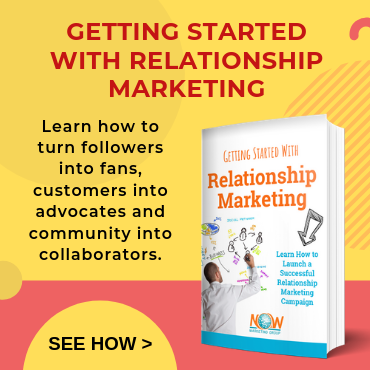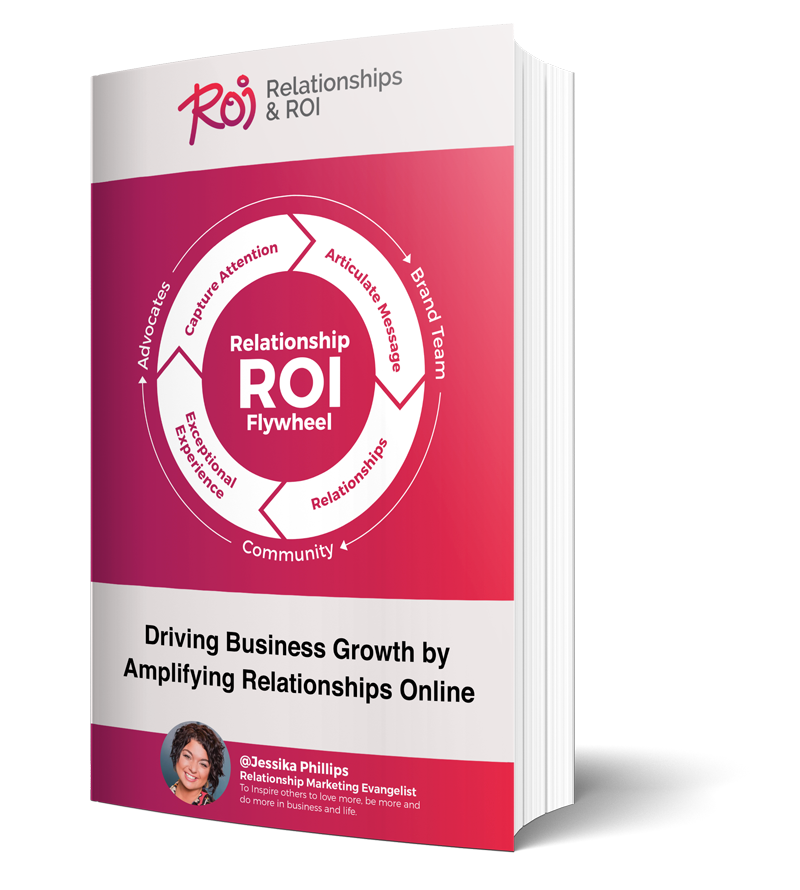During the week of September third, I had the opportunity to attend Content Marketing World in Cleveland, Ohio.
It was a whirlwind of a week. First, trying to figure out the lay of the land, where everything was, and where I needed to be. Then, participating in all the workshops, keynotes, and breakout sessions. It was a challenge getting to where I needed to be early enough to get a good seat! I attended several sessions where it was literally standing room only. Luckily, I always made it in time to sit down.
 Highlights of the week included exploring every level of the Rock and Roll Hall of Fame, a particularly great SEO workshop some really good potato wedges, and, of course, Tina Fey.
Highlights of the week included exploring every level of the Rock and Roll Hall of Fame, a particularly great SEO workshop some really good potato wedges, and, of course, Tina Fey.
But, the most overwhelming aspect was the pure amount of information that was casually tossed around during nearly every session! I took about 15 pages of notes back to the office. Even with that many notes, I still feel like I missed stuff. There was just so much to learn.
I tried to balance my schedule with a combination of data-driven search engine optimization focused sessions with more abstract storytelling and writing presentations. These two focuses are a marriage of what I do at NOW Marketing Group, so I wanted to make sure I sharped both skills.
It’s hard to pick out the “best” breakout sessions; they all had something different to offer. But, I did have what I’ll call three favorites (these don’t include workshops or keynotes). The speakers were engaging, told great stories, and had some really great insights that I felt would really help me day-to-day. And, so far, I think they have!
Break the Wheel: Stories and Ideas for Being Better than Best Practices - Jay Acunzo
Jay Acunzo’s presentation on how to better than best practices was probably one of my top favorite presentations. Not only was he funny and engaging, but he also used some great stories to teach us about brands who were able to break the wheel and come up with unique and successful content.
Here’s what he had to say.
One of his most repeated statements was that businesses need to think for themselves. “In our work, it’s not a radical thing to do,” he said. “It’s a necessary thing to do if we are going to do our best work.”
Too often, we picture “people who think for themselves” as geniuses, rebels, inspirational speakers, or even weirdos. But we don’t think of them as everyday people. Jay said that’s not true. Everyone should think for themselves as they do the work of their business.
Otherwise, we just end up being average. Or, we get stuck. Or, we end up copying someone else’s brand.
This ends up turning into a gap between the work we’d like to do and what we’re actually doing. And, it turns into a gap between the results we’d like to see and the results we are getting.
When that happens, we know something is going wrong, so we start to look around at other people. We turn to best practices and we think and hope it will get us the best results. But it doesn’t really work.
The conventional wisdom is to do whatever is most common. Or, whatever the latest or newest trend is. But, just cause what we’re doing that’s conventional or trendy, doesn’t mean it’s the best for us, Jay said.
We’re told best practices worked best for others. How do we know what works best for us? Jay said best practices are a fine place to start; the work on average. But, we have to contextualize them to our business and really think about what will work for us.
He gave us three tips to determine what’s really best for our business.
1. Ask open-ended questions about our situation and think critically about what we can do in our situation
- When we question conventional thinking using our own content, we make better decisions
- What are the right practices for us and our customer?
- Are we asking ourselves enough open-ended questions?
- Get to the bottom of what your customer really wants
2. When we pay more attention to the customer than to the industry, the customer pays more attention to us
- Every piece of content, every video, every post, should be all about the customer and what their goals are
- Are you spending more time marketing to your customer than understanding them?
- To understand them, you have to pay attention to them!
3. When we make learning the goal instead of results, we get better results
- Which do we understand better? Best practices or our own context?
- Focus your time on your situation to find the answers
So how do we do all this?
We need to ask better questions! Jay said to stop acting like the expert and start acting like an investigator. Experts go by absolutes. Investigators go by evidence.
Exceptional work isn’t created by the answers that others give us but by the questions, we ask ourselves. Act like an investigator to create your own unique context. What’s the answer for you? Think for yourself and use what you find out to make your content.
You’ll Want to Write This Down: Stop Acting Like a Marketer and Start Storytelling like a Journalist - Michelle Park Lazette
From the moment Michelle Park Lazette started speaking, you could tell she was a storyteller at her core. From the intro to the conflict to the resolution, her presentation was not only full of knowledge but had the perfect blend of examples which helped her flesh out the story of her talk.
Of course, as the title of her presentation suggests, Michelle gave her top tips on the hows and whys of storytelling. No surprise to the why; people love stories. They are engaging, emotional, and can rally communities large and small. Stories can make a difference!
Here is what Michelle said about finding stories.
Veto the Non-stories
First things first, you have to knock out any contenders that aren’t really stories. They might be boring, they may have been told before, or maybe people flat out don’t care.
So this is your challenge: Find the original stories. They have never been seen or heard before and your audience is going to care about it!
Michelle used this example. If your content idea is “chickens crossing the road,” ask yourself:
- Does my audience care about these chickens? Can my audience see themselves in the chickens?
- Are the chickens crossing the road now or are they about to?
- Why and to whom does it matter that chickens are crossing the road?
It’s important for your stories to resonate with your audience. They need to be able to empathize with or feel passionate about the topic. Of course, this starts off with you knowing your audience. Then, vet your topic against their interests and loves.
Leverage the Access You Have
The next thing Michelle talked about was how to get access to the stories you want to tell.
This is the challenge, Michelle said. When you ask people or expert questions, they tend to give canned answers or jargon. You need them to give you an insider account, the real meat of the story, not just a line they use on anyone.
This all comes down with building trust with the person you’re speaking to. If they don’t trust you, you’ll never get the real story.
How to earn trust:
- Humble yourself and be honest. Admit you don’t know. Are they using jargon you don’t understand? Ask them to bring it down to your level.
- Learn about your industry.
- Fact-check so much it hurts. The worst thing you can do is produce copy with errors.
You also have to ask the right questions.
Here are five questions Michelle suggested we ask when telling stories:
- Why does this matter? To whom does it matter?
- When did this begin?
- Why tell this story now?
- Give me an example…
- What did I not ask you that I should have? Anything you’d like to add?
How to get the green light to tell the stories you think are important
Sometimes we have a great idea, but we can’t get anyone (read: the boss) to agree to it. That’s the last challenge, Michelle said. Getting the green light and getting people to believe in the approach.
Here are some ways you can do this:
- Show don’t tell — show them why the story matters and to whom it matters.
- I like being employed — tongue-in-cheek, you’re explaining you’re not trying to lead them off a cliff. After all, you don’t want to get fired.
- Let’s pilot, rather than bet the farm — Can we try it and then track results? Then we can better understand if it makes sense to do it again.
Storytelling works. When you find a story worth telling and tell it well, sources and the media will share it.
But, storytelling takes time. It also takes monitoring. You should track as much as you can afterward to make sure it’s working. Promotion shouldn’t be an afterthought. The feedback you will receive will drive improvement.
Stories are powerful. Make them count, Michelle said.
How to use data to fuel your content development and break through the clutter– before creative even gets started - Katie Pennel
No nonsense and to the point, Katie Pennel’s presentation was a little more concrete than my other two top picks. After all, the main topic was data! I suppose that could be a scary word depending on your skills, but Katie talked about this topic in laymen’s terms.
Her main point was that the data will show you the relevant content you need to be creating.
First, she broke down good content:
- Write pages clearly and accurately to describe your topic
- Think about the words your users would type to find your pages and include those words on your site
- Give the visitor what they’re looking for—relevant content!
- When people are searching a question– Focus on the overarching question and then smaller related questions
- You need to answer the main questions and all the smaller questions that go into the main question
The world has changed dramatically. People search for everything and anything before going to an expert. Remember folks, people are googling rashes instead of going straight to the doctor! They’re searching if they’ve broken bones! They’re looking up should I go to the ER in order to make a decision about their lives!
And, when they are looking, consumers expect good, accurate content to pop up. They expect–I might even say demand–content that’s made for humans. They want answers. Nothing annoys them more than spam.
With that in mind, Katie said we need to know two things.
1. We need understand what content we already have. Use an audit and catalog your website to find what you already have.
- What’s in your directory? Blogs, infographics, brochures, videos, etc.
- Look at Google Search Console. Which of your pages are people finding in search and look at what keywords people are using to find you?
- Look at Google Analytics. What content do you have that’s performing well?
2. Know what consumers are looking for by utilizing keyword research. A good place to start is by looking at your competitor.
- Analyze competitors to see what kind of content they have.
- Remember, business competitors may be different than your search competitors
- Enlist topic modeling to manually understand the search space by keyword—get the stats and know what you can actually rank for.
Now, find the content gaps. Where is the hole you need to fill? Look at your audit, keyword research, and share of voice. Where are there opportunities for you to create content? It might be by topic, or it could be by the buyer journey stage.
Next, Katie said to create a content roadmap based all around your priorities:
- What are your business goals?
- What are your opportunities?
- Is there search volume to back up the envisioned content?
- Can you possibly win? What’s on page one right now?
- Consider your audience: if you can’t possibly win on page one, will your audience still need and want that content from you?
- If so, create it anyway!
- Seasonality … remember, it takes Google at least a month to rank content.
- Think of the effort versus impact.
- How difficult is it for me to create the content and what do I think is going to be the result?
Lastly, and once you have your list of topics to hit, use topic modeling to understand asset types, questions addressed, and content structure, Katie said. Then use these to take notes on the trends you. Pay attention to what Google is telling you and make sure you understand what Google deems relevant. Don’t forget to measure your success! Then do it all over again.
While these are the three breakout sessions that stood out the most, all of the sessions I added during the week were filled with tons of info. I walked away with a lot of inspiration for content structure and strategy. If you do any sort of writing for your organization and can swing it, I highly recommend attending next year. There’s tons of info to learn!




Comments